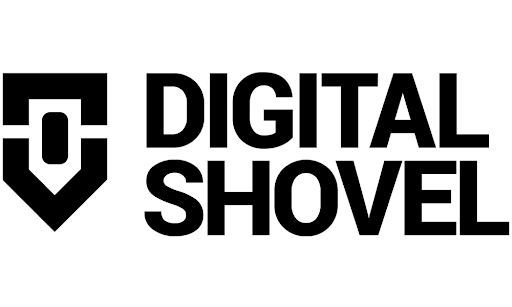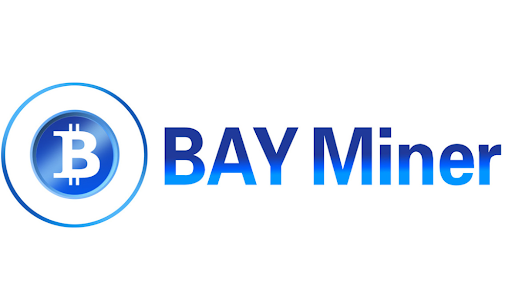South Korea Stablecoin Frenzy Creates Market Bubble Despite Banking Opposition

South Korea faces mounting concerns about speculative trading in stablecoin-related stocks following President Lee Jae-myung's policy proposals. According to KED Global, nearly half of the top 30 performing stocks since Lee's inauguration relate to won-based stablecoin prospects. Gaming company ME2ON surged 289.3% in three weeks, topping market performance charts.
Cointelegraph reports that Lee's Democratic Party introduced the Digital Asset Basic Act in June 2025. The legislation allows qualifying companies to issue stablecoins with minimum equity capital of 500 million won ($368,000). Companies must guarantee refunds through reserves and obtain Financial Services Commission approval.
Retail investor margin loans reached 20.5 trillion won ($15 billion), according to TronWeekly. KakaoPay shares doubled during recent weeks while LG CNS gained 70% before corrections. The Kospi Index rose nearly 30% year-to-date, making South Korea Asia's best-performing market in early 2025.
Central Bank Opposition Creates Policy Uncertainty
Bank of Korea Governor Rhee Chang-yong opposes non-bank stablecoin issuance, warning about monetary policy risks. The central bank argues that private stablecoins could weaken control over currency flows and interest rates. South Korean stablecoin trading reached 57 trillion won ($42 billion) in the first quarter of 2025, with 83.1% involving Tether (USDT).
The regulatory uncertainty stems from competing visions between the government and central bank. Lee campaigned on creating won-backed stablecoins to prevent capital outflows, while the Bank of Korea prefers maintaining traditional monetary controls. This policy conflict leaves investors uncertain about future regulations and market development.
Financial Services Commission approval requirements add another layer of complexity. Companies must demonstrate adequate reserves and consumer protection measures. The minimum capital threshold of 500 million won represents a relatively low barrier compared to banking requirements, raising additional regulatory concerns.
Banking Sector Pivots From CBDC to Private Stablecoins
Blockhead reports that South Korea paused its central bank digital currency project following bank pushback. The Bank of Korea's Project Han River involved seven major banks in digital currency trials through June 2025. Participating banks expressed concerns about high participation costs and unclear commercialization prospects.
Eight leading South Korean banks now plan to establish a joint venture for won-backed stablecoin issuance. The consortium represents a defensive strategy to retain control over digital payments as private companies enter the market. The banking stablecoin project targets late 2025 or early 2026 launch dates.
Global trends show similar patterns, with European banks voicing concerns about retail CBDC costs while exploring stablecoin alternatives. Private stablecoins gain momentum as central banks face technical and coordination challenges. The $3.7 trillion global stablecoin market reflects growing institutional interest in digital payment solutions.
This development could reshape national digital currency strategies worldwide. Countries must balance private innovation with monetary sovereignty concerns. South Korea's experience provides lessons for other nations developing stablecoin regulatory frameworks.
Further Reading
For those interested in decentralized finance governance tools, our comprehensive DAO tooling guide provides detailed analysis of over 100 platforms and tools used in decentralized governance. The guide covers voting mechanisms, treasury management, and community coordination systems essential for modern digital asset organizations.





